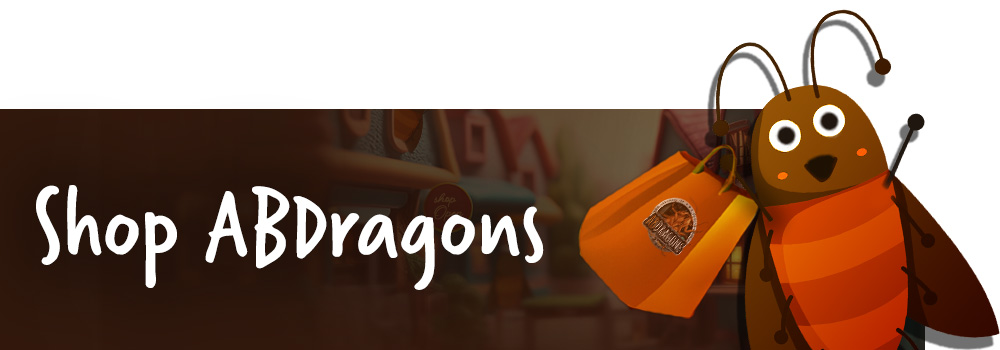Guide to Feeding a Leopard Gecko
6th May 2021

Guide to Feeding a Leopard Gecko
Tips for Providing Your Pet With a Nutritious Diet
The leopard gecko is a popular starter pet for new reptile owners. They are fairly small in size, gentle, easily held, and do not usually bite. If you are looking for a good pet reptile for a child, we definitely recommend the leopard gecko. While some reptiles can be finicky eaters, leopard geckos are pretty easy to feed. It will still be important to plan for his diet, have reasonable expectations for how often and how much he should eat, and signs of potential feeding problems.
But before we dive in, here’s a quick history lesson about how this little guy gets his name: The leopard gecko, Eublepharis macularius, is native to rocky and dry grasslands and deserts in countries like Pakistan and India. The word macularius comes from a Latin word meaning “spot,” which of course describes this gecko’s natural marks—similar to those found on a leopard.
Now, let’s get back to feeding your leopard gecko! Here are a few tips to keep in mind:
Remember that leopard geckos are insectivores.
Think of it this way: They like to eat food that moves. Leopard geckos do not usually eat greens or vegetables, as they are hard to digest. Your gecko can thrive on a well-rounded diet of insects that are properly gut loaded or dusted with nutrients.
Do not be a one-insect shop.
It can be easy to order and feed your leopard gecko just one type of insect but variety is so important. Plan to offer your gecko an assortment of live feeder insects including roaches, mealworms, waxworms, hornworms, and superworms.
Feed in the early evening.
While there is no wrong time to feed your gecko, we recommend feeding in the early evening. Usually, your gecko will have woken from an afternoon nap to enjoy some active time. This is a good time to let him chase and catch his dinner.
Avoid leaving uneaten insects in his enclosure.
If you feed your gecko crickets, for example, several might escape into the enclosure. While the crickets will not intentionally hurt your gecko, they may bite and potentially risk an infection. They can also spread bacteria. It is not worth the risk. Make sure all remaining feeder insects are removed from the tank once your gecko is done with his feeding.
Remember that geckos can go days without eating.
Because geckos store fat in their tails, they do not have to eat every day. You should still provide fresh food and water daily. As mentioned before, just remember to remove any uneaten food. If your gecko has not shown any appetite and is exhibiting other unusual behaviors, he may be impacted. A warm bath can help to relieve constipation and help your pet produce stool.
If you have any other questions about caring for your leopard gecko, feel free to reach out to the team at ABDragons. We are happy to help. To give your pet the best and most nutritious diet, shop our wide variety of high-quality live feeder insects. Let us keep your leopard gecko happy and well fed!


